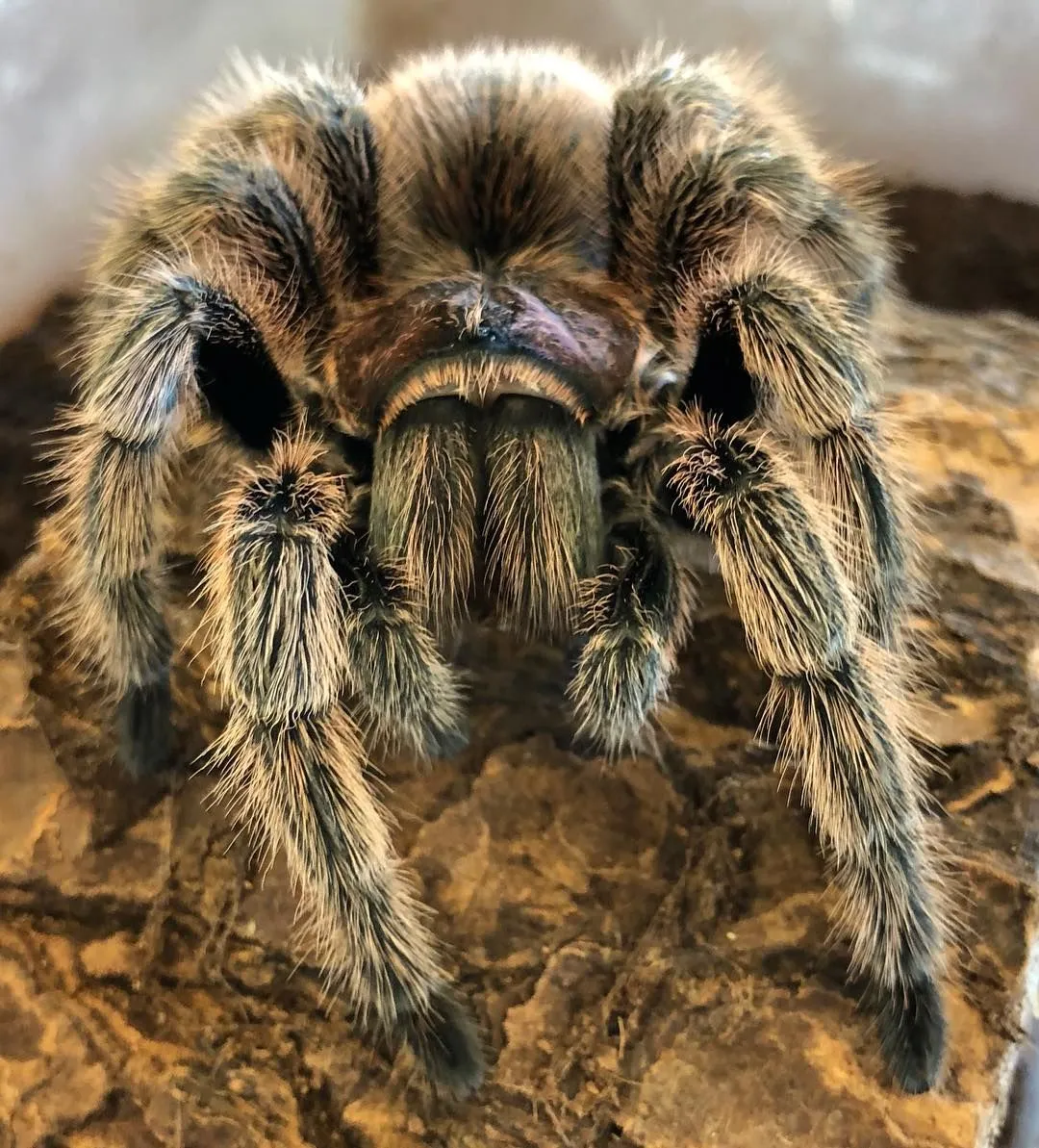What is a Rose Hair Tarantula?
The Rose Hair Tarantula (Grammostola rosea), also known as the Chilean Rose Tarantula, is one of the most popular tarantula species kept as pets. Their popularity stems from their docile nature, relatively easy care requirements, and beautiful appearance. Native to the deserts of Chile, Bolivia, and Argentina, these spiders are well-adapted to arid environments. Understanding their background is the first step for any aspiring rose hair tarantula breeder. They typically exhibit a lifespan of 10-20 years for females, while males have a shorter lifespan, often only a few years after maturity. Their coloration varies, but they are typically a blend of brown and pink hairs, hence the name. These spiders are ground-dwelling and create burrows or utilize existing shelters in their habitat. Careful consideration of these details are essential for the rose hair tarantula breeder.
Understanding Rose Hair Tarantula Behavior
Before attempting to breed Rose Hair Tarantulas, it is crucial to understand their behavior. These tarantulas are generally docile and not prone to biting unless provoked. They are nocturnal creatures, primarily active during the night. They are ambush predators, meaning they wait for prey to come within striking distance. Their diet consists of insects, such as crickets and roaches, which they subdue with venom. They are known to flick urticating hairs (small, irritating hairs) from their abdomen as a defense mechanism. This is usually a last resort, so handling should be kept to a minimum. Observe your tarantula’s feeding habits, molting cycles, and overall activity levels to gauge its health and well-being. Any deviation from normal behavior should be taken note of. These insights provide the rose hair tarantula breeder a foundational understanding.
Identifying Male vs Female Rose Hair Tarantulas
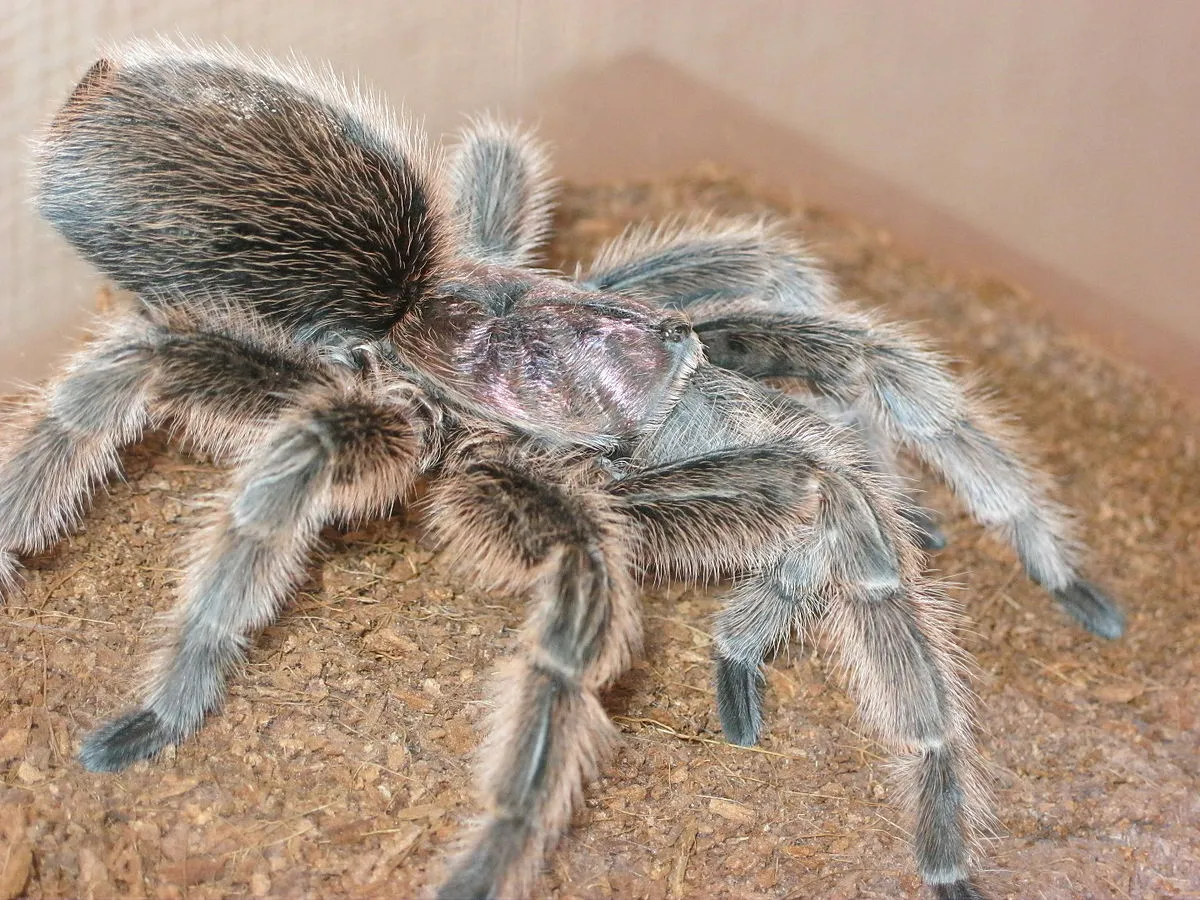
Sexing Rose Hair Tarantulas is essential for successful breeding. The most reliable method is to examine the tarantula’s molt. After molting, the exuvia (shed exoskeleton) can be examined under magnification to determine the sex. Males have a specialized structure called a ‘palpal bulb’ on the tips of their pedipalps (small appendages near the mouth) when mature. Females, on the other hand, possess a spermatheca, or receptacle for storing sperm, which can be seen on the underside of their abdomen on the molt. Additionally, mature males often have tibial hooks on their front legs, used to hold the female’s fangs during mating to prevent them from biting. These hooks are typically only visible on mature males. Accurate sexing is a critical skill for any rose hair tarantula breeder to ensure a proper pairing.
Preparing for Breeding
Successful Rose Hair Tarantula breeding requires careful preparation. The first step is to ensure that both the male and female are healthy and well-fed. A healthy female is more likely to produce viable eggs. It is recommended to feed the female generously in the weeks leading up to breeding to build her reserves. The male should also be in good condition but not overfed. The timing of breeding is also important. Consider the female’s molting cycle. It’s best to attempt breeding shortly after the female has molted. This is because the female has fresh fangs and is more receptive to mating. Plan well in advance for an appropriate enclosure. Also, ensure that you have a suitable setup to house the spiderlings when they hatch. This preparation provides the foundation for a rose hair tarantula breeder.
Creating the Ideal Environment
Creating the right environment is key to successful breeding. A suitable enclosure is vital. A 10-gallon tank is generally adequate for adults, although larger is better. The enclosure should have a secure lid to prevent escape. Provide a substrate of at least 4-6 inches of coco fiber, peat moss, or a similar substrate that holds moisture and allows the tarantula to burrow. Include a hide, such as a cork bark or half-log, for the tarantula to retreat to. Maintain the correct temperature and humidity levels, as discussed in the next section. Keep the enclosure clean by removing any uneaten food and waste regularly. These elements ensure a suitable environment for the breeding pair and subsequent spiderlings. Careful attention ensures the comfort of your rose hair tarantulas.
Temperature and Humidity Levels
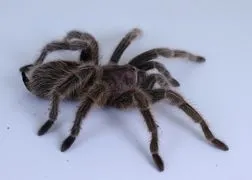
Temperature and humidity are crucial for Rose Hair Tarantula breeding. Maintain a temperature between 75-85°F (24-29°C). Use a heat mat or a low-wattage heat lamp to maintain this temperature, ensuring that the heat source is regulated to prevent overheating. The ideal humidity level is between 60-70%. This can be achieved by lightly misting the enclosure once or twice a week. Ensure proper ventilation to prevent mold and mildew growth. Monitor the temperature and humidity with a reliable thermometer and hygrometer. Avoid drastic fluctuations in temperature and humidity, as these can stress the tarantulas and hinder breeding. Providing the right environment is a hallmark for a rose hair tarantula breeder.
Feeding and Hydration
Proper feeding and hydration are essential, particularly during breeding. Feed your Rose Hair Tarantulas a varied diet of appropriately sized insects. Crickets, roaches, mealworms, and superworms are all suitable options. The female should be well-fed in the weeks leading up to mating. Overfeeding is generally not an issue, but remove any uneaten prey within 24 hours. Always provide a shallow water dish with fresh, clean water. Ensure the water dish is shallow enough that the tarantula cannot drown. Regularly check the water dish and refill it as needed. Hydration is particularly important for the female tarantula, as she will need to sustain herself during egg sac production and care. This careful attention is vital for a rose hair tarantula breeder.
The Breeding Process
The breeding process requires careful introduction and observation. Introduce the male tarantula to the female’s enclosure. This should be done carefully to minimize the risk of the female attacking the male. Observe the behavior of both tarantulas closely. The male will typically approach the female and begin drumming on the substrate to signal his intentions. If the female is receptive, she will allow him to approach. The male will then insert his pedipalps into her epigastric furrow to deposit sperm. Breeding can take anywhere from a few minutes to several hours. If the female is unreceptive, she may attack the male, in which case he should be removed immediately. Post-mating, it is vital to monitor the female and provide her with adequate food and water. The attentiveness is a key trait for the rose hair tarantula breeder.
Introducing the Tarantulas
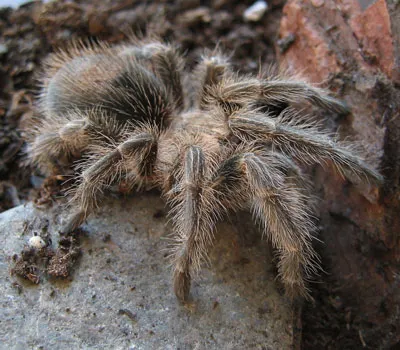
The introduction phase is critical. It’s recommended to introduce the male tarantula to the female’s enclosure, ideally when the female has recently molted. This increases the chances of a successful mating. Before introduction, ensure both tarantulas are well-fed. This can reduce the likelihood of the female viewing the male as prey. The introduction should be done under close supervision. Have a plan to separate them immediately if the female shows aggression. Some breeders use a long pair of tongs to gently guide the male, allowing the male to approach the female gradually. The safety of both tarantulas is paramount during this process. This technique exemplifies the practice of a rose hair tarantula breeder.
Mating Behavior and Observation
During mating, observe the behavior of both tarantulas closely. The male will usually begin drumming or tapping on the ground or substrate to signal his intentions. The female may respond in several ways; she may either stand her ground, indicating receptiveness, or she may display aggressive behavior, suggesting she is not ready to mate. If receptive, the male will approach cautiously. He uses his pedipalps, which have bulbous tips, to insert sperm into the female’s epigastric furrow. The mating process can be brief, or it can last for several hours. It’s crucial to have a plan to intervene if the female attacks the male. Knowing these behavioral indicators is central to a rose hair tarantula breeder’s success.
Post-Mating Care
After mating, separate the male from the female. The female may become aggressive towards the male after mating. The female will need increased care. Continue to feed her regularly and ensure she has access to fresh water. Monitor her for signs of egg sac production. The female will typically create an egg sac, which is a silken pouch where she will lay her eggs. Once the egg sac is created, the female will diligently protect and care for it. It is essential to maintain a stable and stress-free environment for the female during this time. These measures define the care a rose hair tarantula breeder provides.
Caring for the Female Tarantula
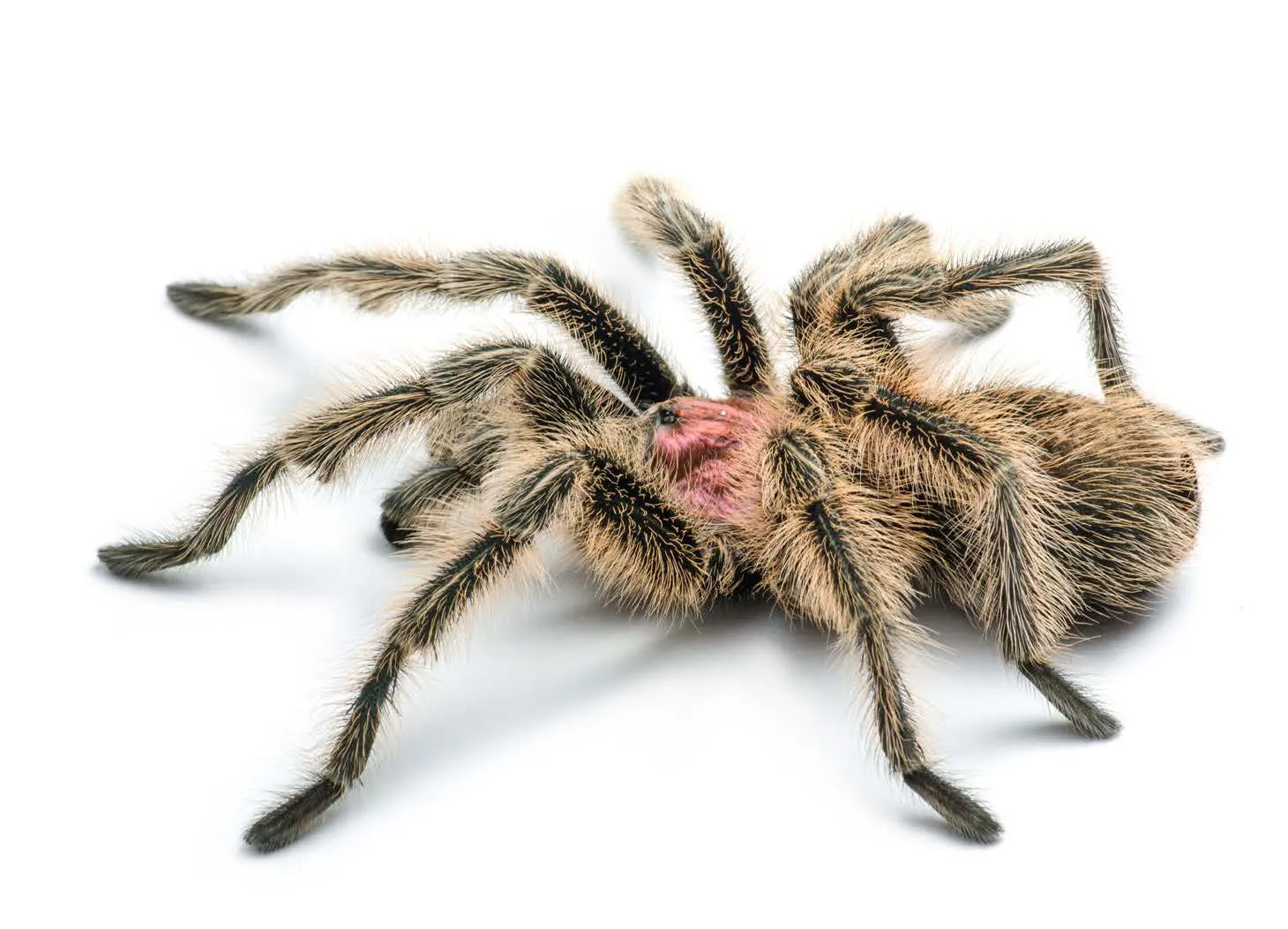
Caring for the female tarantula is a critical aspect of breeding. Provide her with plenty of food, ensuring she has ample reserves for egg production and care. The female will use a lot of energy creating the egg sac and caring for it, so adequate nutrition is crucial. Keep the environment stable and stress-free. Avoid unnecessary disturbances. Monitor her behavior and appearance. Look for any changes in her activity level, eating habits, or overall health. Provide her with a consistent supply of fresh water. The female will need extra hydration, especially during egg sac formation. Provide adequate substrate for digging. This is vital, especially after the egg sac is produced. These considerations are essential to any rose hair tarantula breeder.
Egg Sac Management
Egg sac management is critical to increase the chances of successful spiderling hatching. The female typically cares for the egg sac, turning it and protecting it. You have the option to remove the egg sac from the female and incubate it artificially. This is often done to protect the egg sac from accidental damage or if the female appears to be neglecting it. If removing the egg sac, it is important to carefully create an environment with the appropriate temperature and humidity for incubation. Keep the egg sac in a stable environment with a temperature range of 75-85°F (24-29°C) and a humidity level of 75-80%. Inspect the egg sac regularly for any signs of mold or other problems. The knowledge is a key for a rose hair tarantula breeder to master.
Raising Spiderlings
Raising spiderlings requires careful attention. Once the spiderlings hatch, they will initially stay together for a period of time. After a week or two, they will begin to disperse and it’s time to separate them into individual enclosures to prevent cannibalism. Provide each spiderling with its own small enclosure with a substrate of coco fiber or similar material. Feed them small, appropriately sized prey items, such as fruit flies or pinhead crickets. Ensure they have access to fresh water, perhaps in the form of a dampened cotton ball or a small water dish. Monitor their growth and molting cycles. Spiderlings molt frequently as they grow, shedding their exoskeletons. Providing for the next generation is a great responsibility for a rose hair tarantula breeder.
Early Spiderling Care
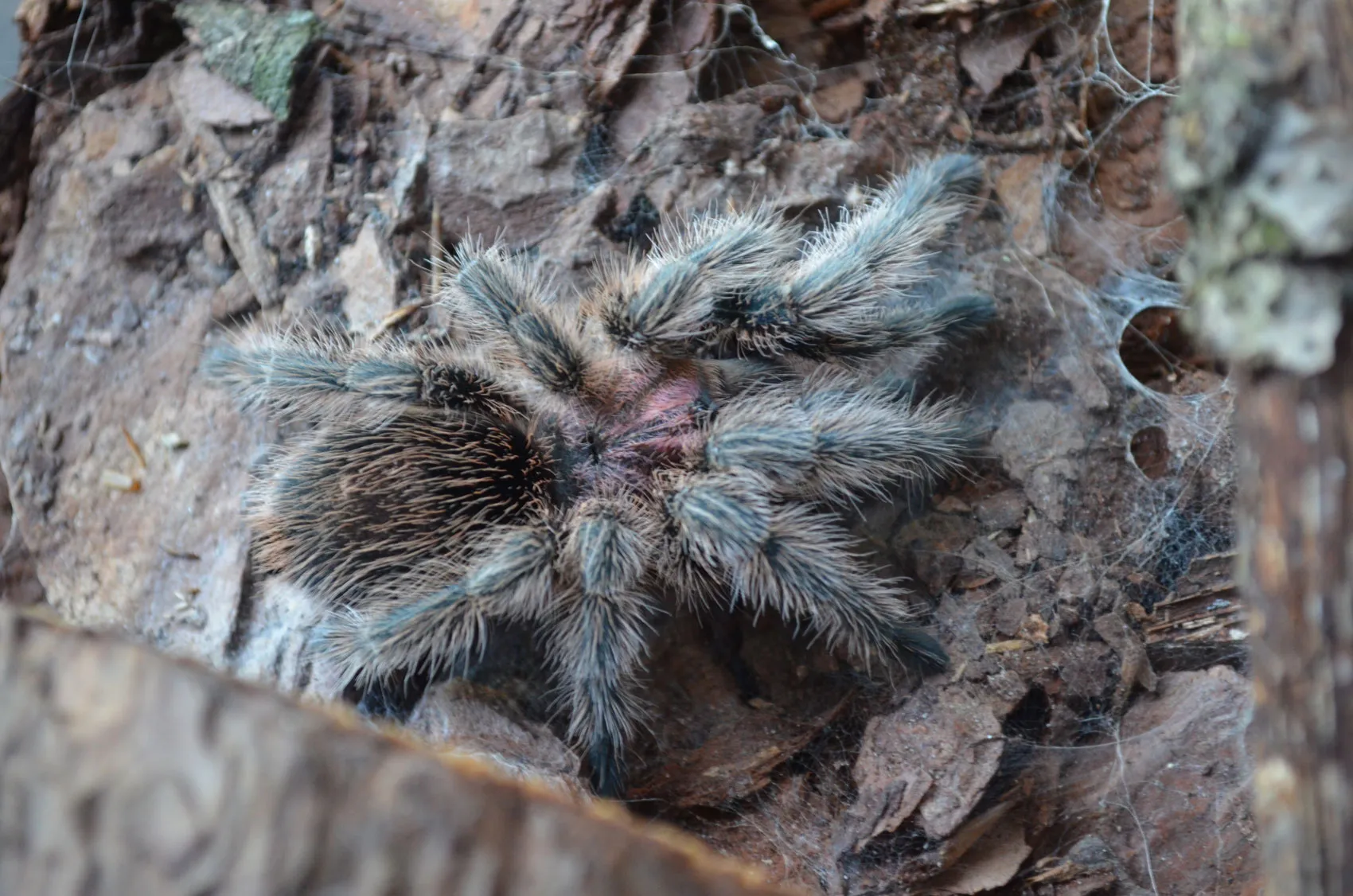
The early care of spiderlings is critical for their survival and development. After the first molt, spiderlings become more independent and should be separated into individual enclosures. Tiny deli cups or vials with ventilation holes are suitable. Maintain the same temperature and humidity levels as for adult tarantulas. Feeding the spiderlings is a crucial step in their development. Provide small, live prey items, like fruit flies or pinhead crickets. The frequency of feeding depends on their size and growth rate. The spiderlings must have a continuous access to fresh water. A small, shallow water dish with cotton wool or a damp piece of sponge is helpful for hydration. Regular monitoring ensures a healthy start for the young tarantulas. This illustrates the care needed by any rose hair tarantula breeder.
Feeding Spiderlings
Feeding spiderlings correctly is key to their healthy development. The size of the prey is crucial. The prey item should be no larger than the spiderling’s abdomen. Fruit flies (Drosophila melanogaster) are an excellent food source for very small spiderlings. As the spiderlings grow, you can transition to pinhead crickets or pre-killed, smaller prey items. Feed the spiderlings every other day or every few days, depending on their growth rate and their abdomen size. Make sure there is no uneaten prey left in the enclosure, as this can stress the spiderlings. Watch the spiderlings carefully as they molt. This shows the dedicated process of a rose hair tarantula breeder.
Common Breeding Challenges
Breeding tarantulas can present several challenges. Mating can be unsuccessful. The female may reject the male, or the mating may fail to produce a viable egg sac. The female may eat the male. This often happens if the male is not quick enough to escape after mating. The egg sac may fail to hatch. This can be due to various factors, such as insufficient temperature or humidity, or problems with the egg sac itself. Spiderlings can die after hatching due to improper care. Disease or parasites can infect the tarantulas. Being aware of these issues prepares the rose hair tarantula breeder.
Potential Issues and Solutions
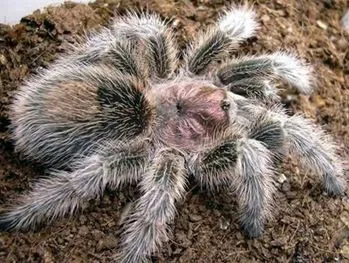
To overcome challenges, here are some solutions. If the female rejects the male, try again later. The female may be receptive at a different time. If the female attacks the male, separate the male immediately. If the egg sac doesn’t hatch, check the temperature and humidity levels. Ensure that the egg sac is not exposed to any drafts or extreme temperatures. Regularly monitor the spiderlings. Ensure they are eating and receiving proper care. If your tarantula is sick, consult a veterinarian familiar with tarantulas. Implementing these practices will greatly improve the outcome for the rose hair tarantula breeder.
Avoiding Common Mistakes
To ensure breeding success, avoid common mistakes. Do not breed tarantulas that are not healthy. Do not handle the tarantulas unnecessarily. This can cause stress and injury. Do not overcrowd the spiderlings. Provide a stable environment, avoiding sudden changes in temperature or humidity. Always research and be prepared before attempting breeding. Never underestimate the importance of proper hygiene and sanitation. Regular cleaning and disinfection of enclosures will help prevent disease. These practices will greatly enhance the abilities of any rose hair tarantula breeder.
Ethical Considerations for Breeders
Ethical considerations are crucial for the responsible rose hair tarantula breeder. Research and understand the needs of your tarantulas. Ensure you can provide adequate care for all of your tarantulas and spiderlings. Avoid overbreeding. Only breed tarantulas if you can find suitable homes for all the offspring. Prioritize the welfare of the tarantulas. Be prepared to provide necessary veterinary care if needed. Follow all local and national regulations regarding the keeping and breeding of tarantulas. These ethical considerations are vital for any rose hair tarantula breeder.
